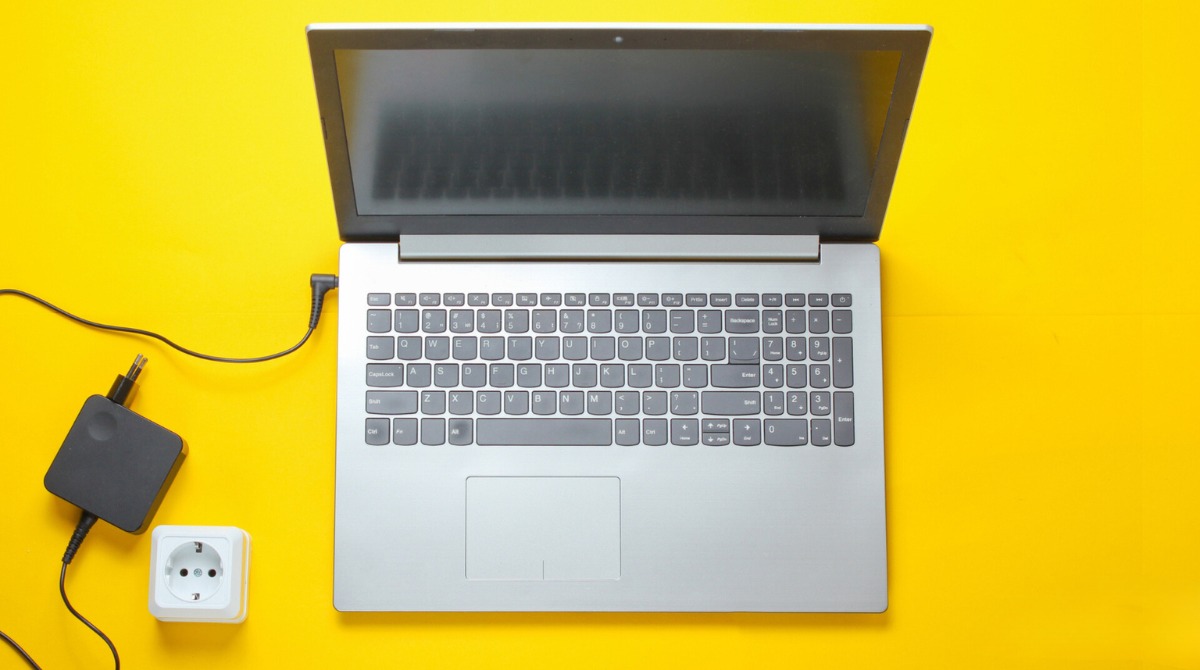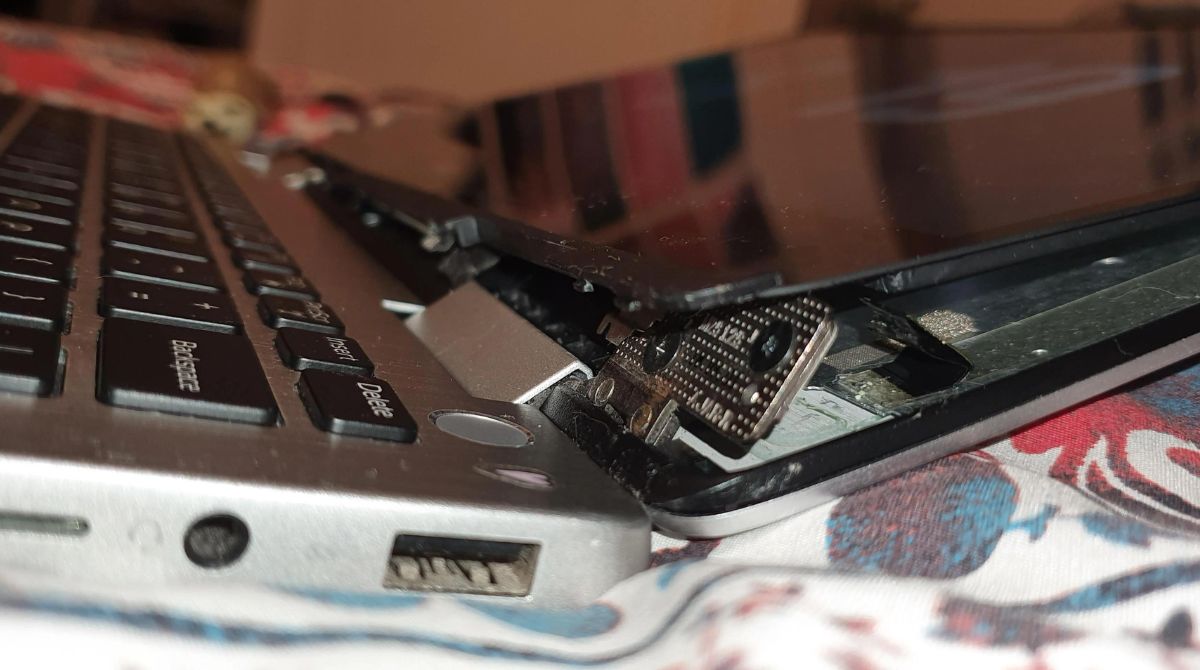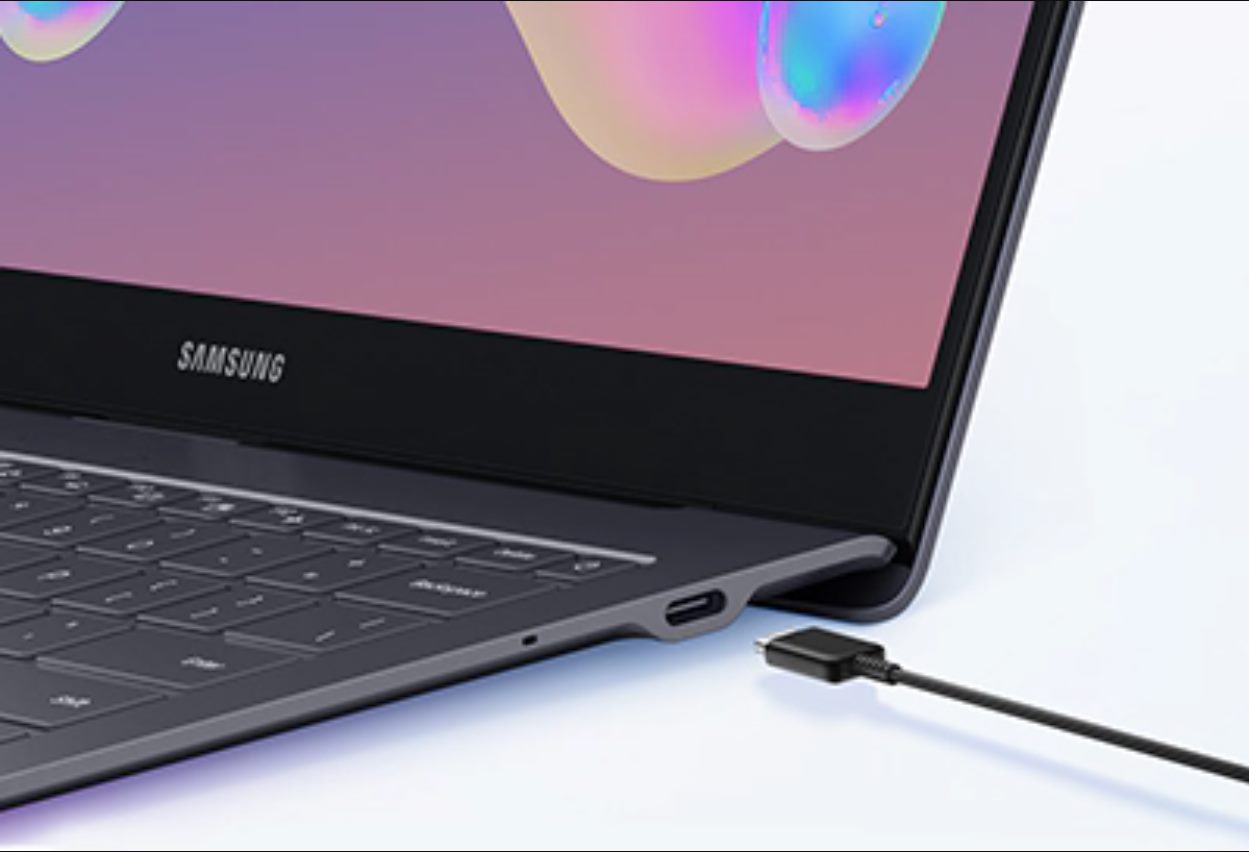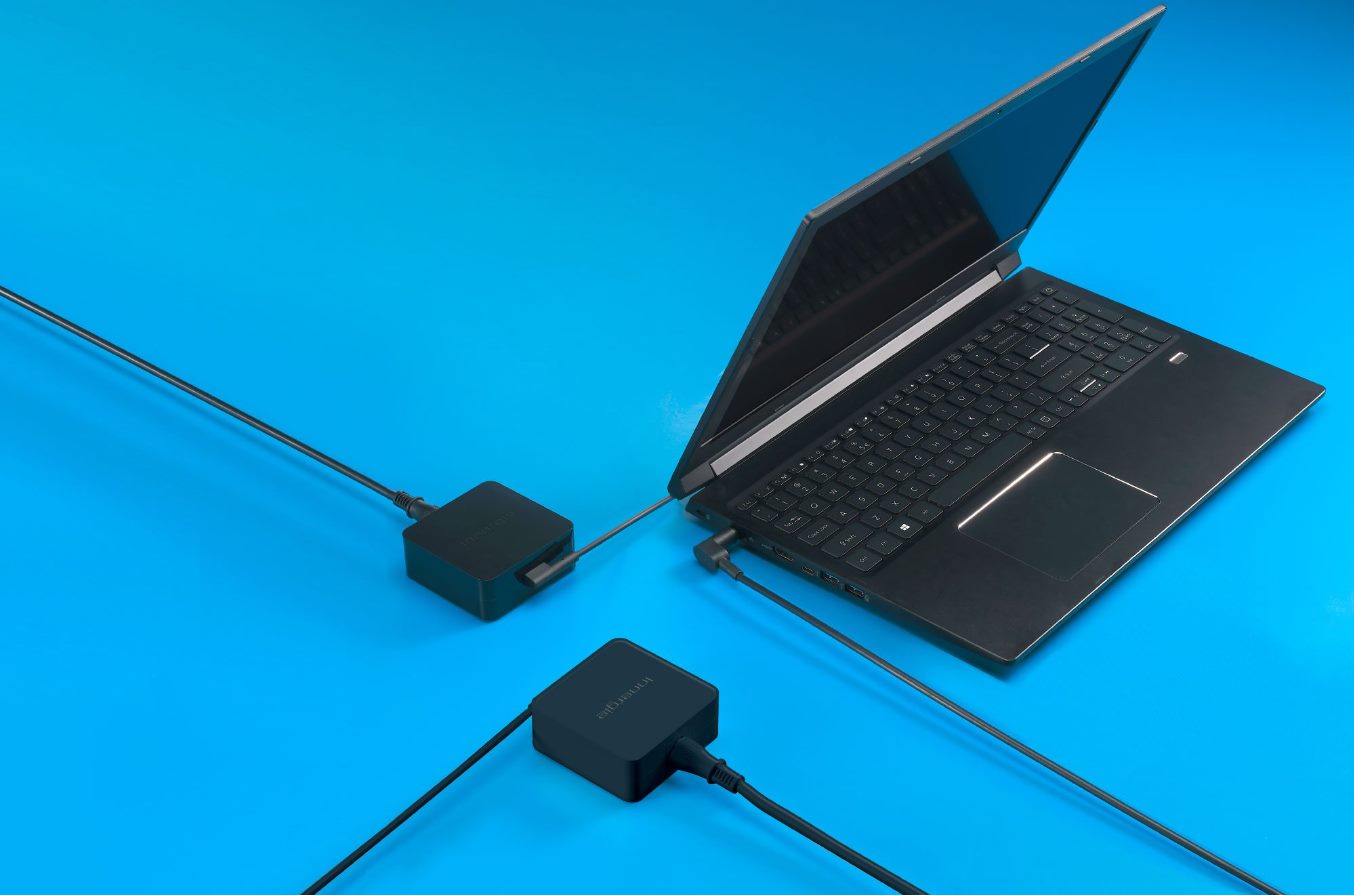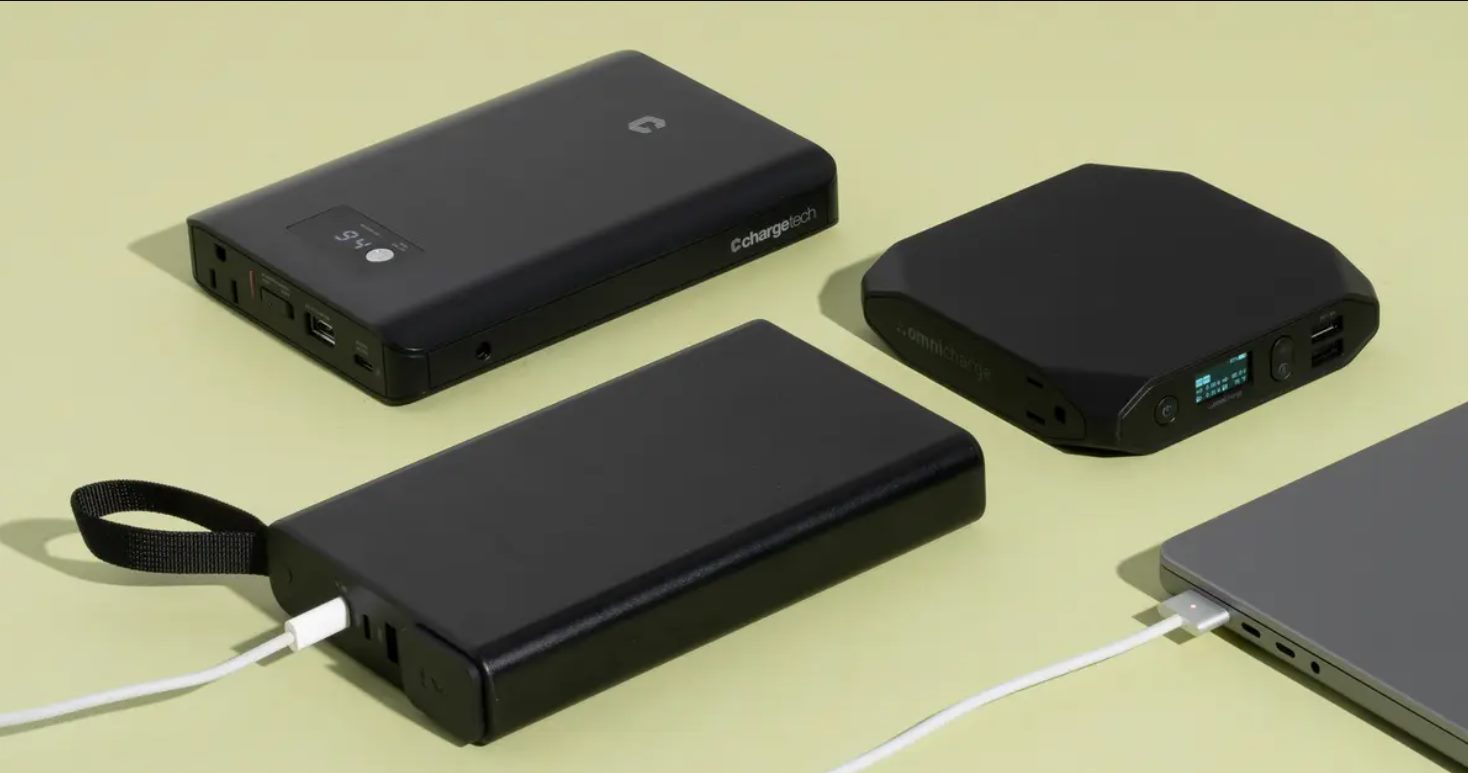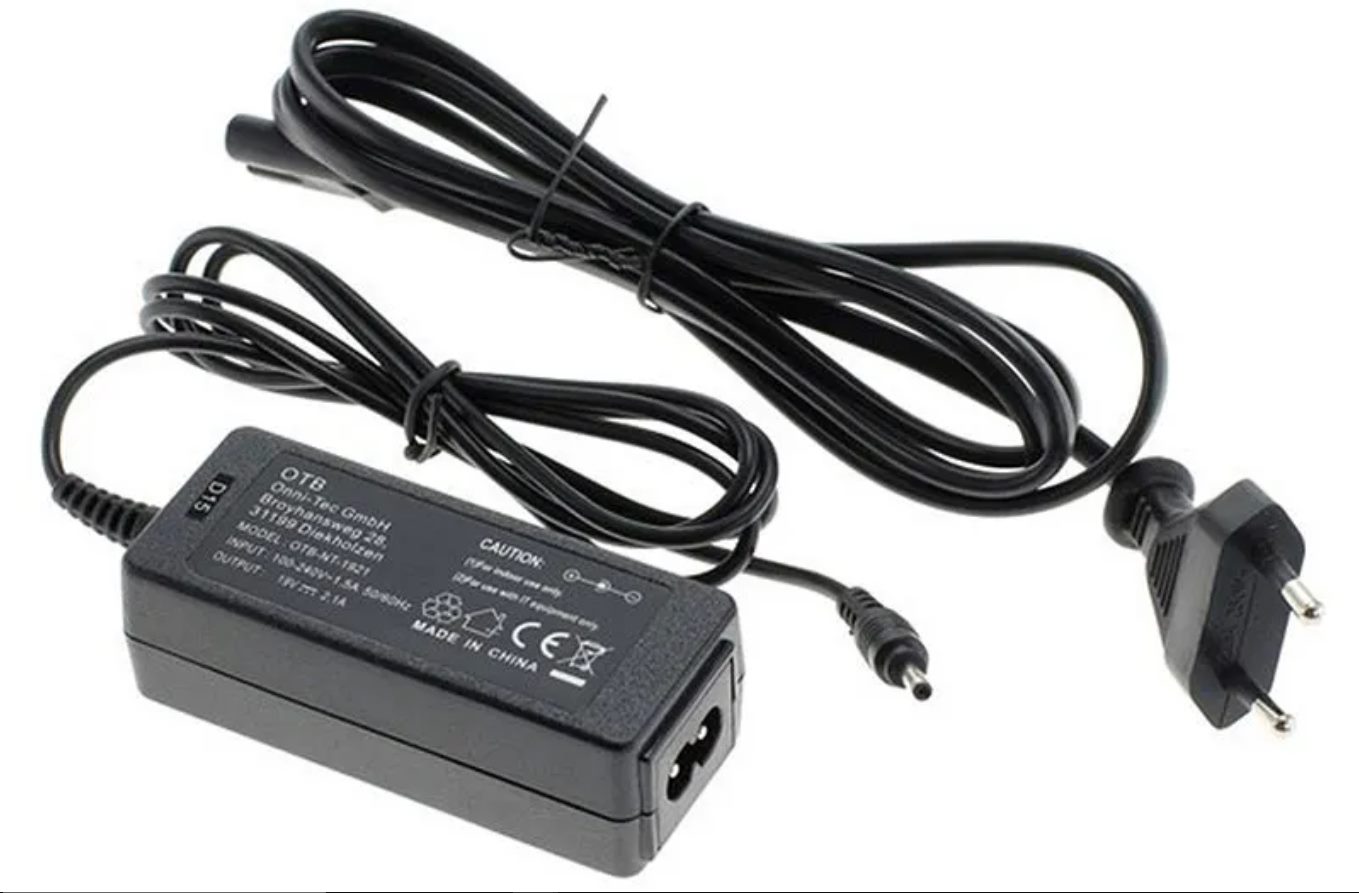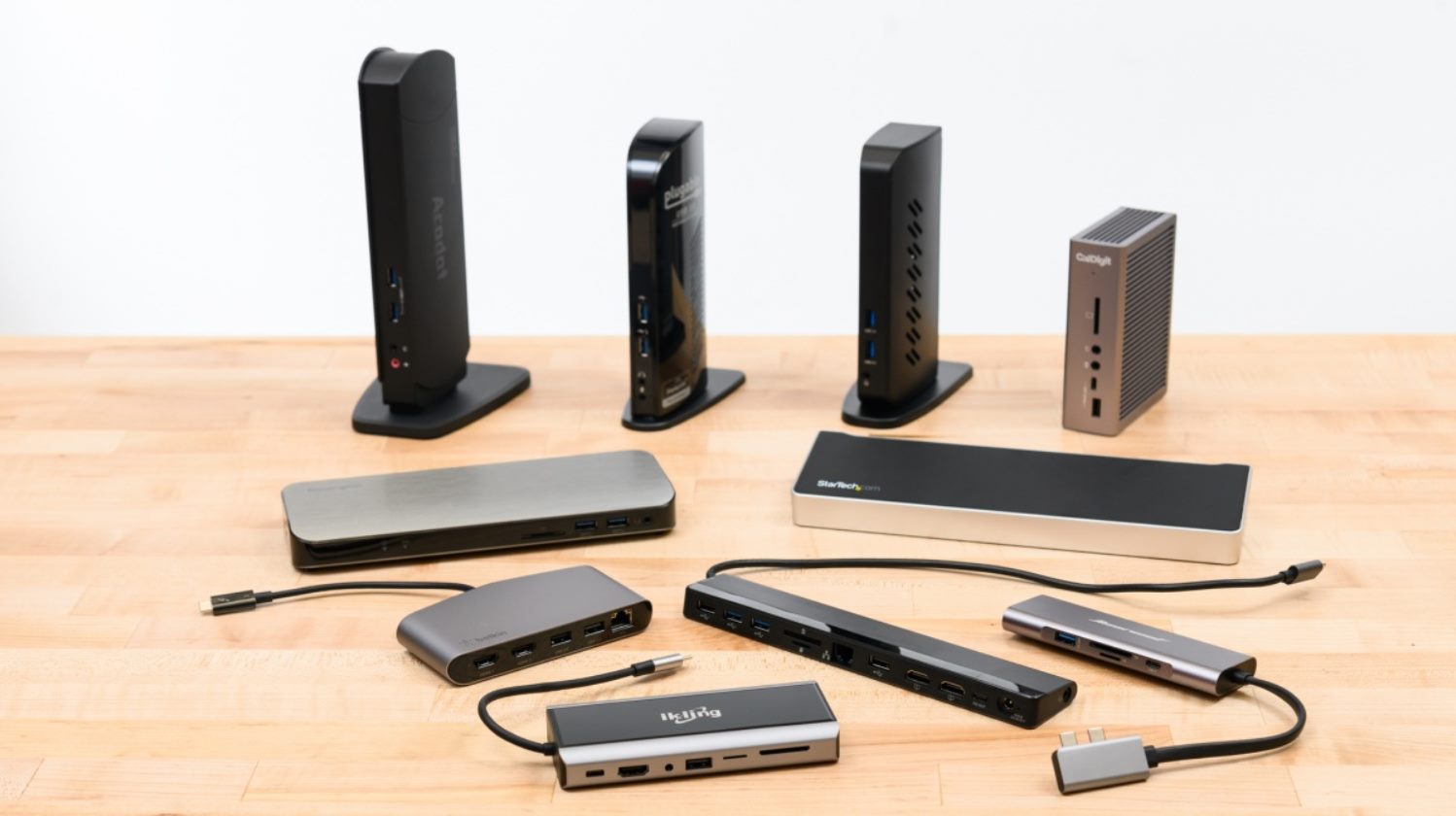Introduction
Ultrabooks have become increasingly popular in recent years due to their sleek design, portability, and powerful performance. These slim and lightweight laptops are favored by professionals, students, and casual users alike. However, one common concern among Ultrabook users is the heat generated by these devices during prolonged use. In this article, we will explore the reasons why Ultrabooks can get hot and discuss the factors that contribute to this phenomenon.
When we use our Ultrabooks for extended periods, we may notice that the bottom or keyboard area becomes noticeably warm. This can be concerning, especially if it becomes uncomfortable to touch or if it affects the performance of the device. It is essential to understand why this heat is being generated and whether it poses any risks to the Ultrabook’s functionality or longevity.
To properly address this issue, we need to delve into the underlying causes of heat generation in Ultrabooks. From insufficient cooling systems to running resource-intensive applications, various factors can lead to increased temperatures. By understanding these factors, we can take appropriate measures to mitigate heat-related issues and ensure the optimal performance and longevity of our Ultrabooks.
Let’s now explore the various factors that contribute to heat generation in Ultrabooks and the potential solutions to alleviate this concern.
What is an Ultrabook?
An Ultrabook is a type of laptop computer that is designed to be thin, lightweight, and highly portable. The term “Ultrabook” was coined by Intel, one of the leading manufacturers of computer processors. These laptops are built to offer the perfect balance of performance, portability, and battery life.
Compared to traditional laptops, Ultrabooks are significantly thinner and lighter, often measuring less than an inch in thickness and weighing around or less than three pounds. This sleek and compact design makes them ideal for on-the-go professionals, students, and anyone who values mobility without compromising computing power.
Ultrabooks typically feature a unibody construction, crafted from high-quality materials such as aluminum or carbon fiber, which not only adds to their aesthetic appeal but also enhances their durability. These laptops also come with a range of features, including high-resolution displays, long-lasting battery life, and fast data transfer capabilities.
Powering these devices are cutting-edge processors from Intel, such as the Intel Core series, which offer exceptional performance while minimizing power consumption. Ultrabooks also boast solid-state drives (SSDs) instead of traditional hard drives, resulting in faster boot times, smoother multitasking, and improved overall system responsiveness.
Furthermore, Ultrabooks often come equipped with the latest connectivity options, such as USB-C ports, Thunderbolt 3, and HDMI, allowing users to connect multiple external devices and enjoy high-speed data transfer rates.
Overall, Ultrabooks are designed to provide a seamless computing experience for users who prioritize portability and performance. Whether you’re a student looking to carry a lightweight laptop between classes or a professional who frequently travels for work, Ultrabooks offer the convenience and power you need to stay productive on the go.
Why Does an Ultrabook Get Hot?
As slim and compact as Ultrabooks may be, it is not uncommon for them to generate heat during regular use. There are several reasons why an Ultrabook can get hot, and understanding these factors can help us better manage and address the issue.
One primary reason for the heat generated by Ultrabooks is the intensive processing power packed into such a small form factor. Ultrabooks are designed to offer high-performance computing capabilities, which requires the use of powerful processors and graphics cards. These components generate heat as they work harder to handle demanding tasks such as gaming, video editing, or running resource-intensive software.
Another contributing factor is the limited internal space available for effective heat dissipation. Ultrabooks prioritize slimness and lightweight design, which means there is less room for elaborate cooling systems. This can result in the accumulation of heat in internal components, leading to increased temperatures.
In some cases, running multiple applications simultaneously or using resource-hungry software can also cause an Ultrabook to get hot. These tasks put an additional strain on the processor and graphics card, leading to increased heat production. It is worth noting that this is more likely to occur if the cooling system within the Ultrabook is not adequately designed to handle such loads.
Blocked air vents are another common culprit for overheating Ultrabooks. When the air vents are obstructed by dust or placed on an uneven surface, the airflow necessary for proper cooling is impeded. This can cause heat to build up within the system and result in higher temperatures.
Add to this the fact that Ultrabooks are increasingly becoming fanless, with passive cooling systems that rely solely on heatsinks to dissipate heat. While fanless designs offer quieter operation, they are also more prone to heat buildup, especially when under heavy load for an extended period.
Overall, the combination of powerful processors, limited internal space, running resource-intensive applications, blocked air vents, and fanless designs can all contribute to Ultrabooks getting hot during use. Understanding these factors can help us take proactive steps to manage heat buildup and ensure optimal performance and longevity for our Ultrabooks.
Factors that Contribute to Heat Generation in Ultrabooks
Several factors contribute to the heat generation experienced in Ultrabooks. Understanding these factors can help us identify the root causes of overheating and implement appropriate measures to mitigate this issue.
1. Processor Power: Ultrabooks often come equipped with powerful processors that provide excellent performance but also generate heat. The more intensive the tasks performed, such as gaming or video editing, the higher the stress on the processor and the more heat it produces.
2. Inadequate Cooling Systems: The slim and compact design of Ultrabooks can pose challenges in implementing effective cooling solutions. Limited space inside the device may restrict the installation of cooling fans or heat pipes. This limits the airflow and results in heat buildup within the system.
3. Running Resource-Intensive Applications: When engaging in tasks that require substantial processing power, such as rendering complex graphics or running multiple software simultaneously, the Ultrabook’s components work harder, generating more heat. Resource-intensive applications put a strain on the processor and graphics card, leading to increased temperatures.
4. Blocked Air Vents: The air vents in an Ultrabook are crucial for heat dissipation. Accumulated dust, debris, or placing the laptop on surfaces that cover the vents can obstruct airflow, obstructing the cooling system’s effectiveness. This can cause heat to build up, adversely affecting the performance and lifespan of the device.
5. Inadequate Thermal Solutions: Heat sinks and thermal paste play a vital role in transferring heat away from the processor and other components. If the thermal solutions are inadequate or improperly applied, heat dissipation may be compromised. This, in turn, leads to higher operating temperatures.
It is important to note that while these factors contribute to heat generation in Ultrabooks, they are by no means exclusive to Ultrabooks alone. Similar thermal challenges exist in other slim and powerful laptops. However, it is essential to be aware of these factors to effectively manage heat buildup and ensure optimal performance and longevity for Ultrabooks.
Insufficient Cooling Systems
One of the major contributors to heat generation in Ultrabooks is the presence of insufficient cooling systems. The slim and compact design of these laptops often limits the space available for elaborate cooling mechanisms, resulting in compromised heat dissipation.
Traditional laptops typically incorporate multiple cooling fans and heat pipes to regulate temperature and dissipate heat. However, due to the slimness and lightweight nature of Ultrabooks, manufacturers face the challenge of fitting these bulky cooling systems into the limited internal space.
To overcome this challenge, Ultrabooks often rely on passive cooling solutions, such as heat sinks, to dissipate heat without the use of fans. Heat sinks are designed to absorb and distribute thermal energy away from critical components, allowing it to dissipate into the surrounding air. While efficient in theory, passive cooling alone may not be sufficient to handle the heat generated by powerful laptops during intense usage.
One of the consequences of insufficient cooling systems is an increase in operating temperature. When the internal components of an Ultrabook are subjected to heavy workloads, such as gaming or video editing, the lack of adequate cooling can result in rising temperatures. Elevated temperatures can cause performance degradation, leading to decreased processing power and potential system instability.
Moreover, prolonged exposure to high temperatures can impact the longevity of the laptop’s components. Excessive heat can degrade the performance of the processor, graphics card, and other internal circuitry, potentially shortening their lifespan. In some cases, excessive heat may even trigger thermal throttling, a protective mechanism that reduces the processing power of the device to prevent overheating. This can result in decreased performance and slower operation.
To combat the issue of insufficient cooling, Ultrabook manufacturers employ various techniques. This includes improving heat sink designs, utilizing thermal conductive materials to optimize heat transfer, and strategically positioning air vents for better airflow. Some manufacturers also incorporate smart cooling technologies that dynamically adjust fan speeds and optimize thermal profiles based on workload, prioritizing heat dissipation when needed.
While Ultrabooks may face inherent challenges in incorporating extensive cooling systems, technological advancements continue to improve heat dissipation solutions. It is crucial for users to be aware of these limitations and take measures to manage heat buildup. This can involve keeping air vents clean and unobstructed, using cooling pads or laptop stands for improved airflow, and avoiding prolonged usage in environments with high ambient temperatures.
By understanding the challenges faced by Ultrabooks in terms of cooling and implementing appropriate strategies to mitigate heat, users can ensure optimal performance, longevity, and reliability of their devices.
Overworking the Processor
One of the factors that contribute to the heat generation in Ultrabooks is overworking the processor. Ultrabooks are designed to offer high-performance computing capabilities, thanks to powerful processors that can handle demanding tasks. However, pushing the processor to its limits for extended periods can lead to increased heat production.
When we engage in resource-intensive activities such as gaming, video editing, or running complex software, the processor works harder to execute the tasks efficiently. As a result, it draws more power and generates more heat as it processes large amounts of data and performs numerous calculations per second.
The sustained workload on the processor can cause the temperature to rise, especially if the Ultrabook’s cooling mechanism is not robust enough to handle the increased heat output. The temperature increase can lead to thermal throttling, a protective mechanism that reduces the processor’s performance to prevent overheating. Consequently, the reduced performance may result in slower operation and decreased responsiveness.
To avoid overworking the processor and excessive heat generation, it is important to be mindful of the applications and tasks we run on our Ultrabooks. While Ultrabooks are designed to handle demanding tasks, it is essential to strike a balance and avoid subjecting the processor to sustained high loads for prolonged periods.
If you are using resource-intensive applications such as video editing software or playing graphics-intensive games, it is advisable to take breaks and allow the laptop to cool down periodically. This can help prevent excessive heat buildup and ensure the optimal performance and lifespan of both the processor and the Ultrabook as a whole.
Additionally, optimizing power settings can also help manage the workload on the processor. Adjusting settings to prioritize power efficiency or utilizing battery-saving modes can help reduce heat generation by minimizing the processor’s power consumption. This can be especially useful when performing lighter tasks such as web browsing or word processing, where the processor does not need to operate at maximum capacity.
It is worth noting that some Ultrabooks come with advanced cooling technologies that can dynamically adjust the fan speed and thermal profiles based on workload. These technologies work to keep the temperature in check by optimizing heat dissipation. However, even with advanced cooling systems, it is still important to exercise caution with prolonged and sustained processor-intensive tasks to avoid overheating.
By being mindful of the workload we place on the processor and taking necessary breaks, we can strike a balance between utilizing the Ultrabook’s powerful performance capabilities and managing heat generation effectively.
Running Resource-Intensive Applications
Running resource-intensive applications on an Ultrabook can significantly contribute to heat generation. These applications, which include tasks such as video editing, 3D rendering, or running virtual machines, put a heavy workload on the processor, graphics card, and other internal components. As a result, the Ultrabook generates more heat than during regular usage.
Resource-intensive applications require substantial processing power to handle complex computations, large data sets, and high-resolution graphics. To fulfill these requirements, the processor and graphics card operate at higher frequencies and draw more power, leading to increased heat production.
The increased heat generated during resource-intensive tasks can pose several challenges. Firstly, it can impact the overall performance and responsiveness of the Ultrabook. As the components heat up, they may reach their thermal limits, triggering thermal throttling. This automatic mechanism reduces the performance of the processor and graphics card to prevent overheating, resulting in slower operation and reduced processing power.
Furthermore, extended usage of resource-intensive applications without proper heat dissipation can lead to sustained high operating temperatures. Prolonged exposure to high temperatures may affect the longevity of the components, potentially shortening their lifespan or causing premature failure.
To mitigate heat issues while running resource-intensive applications, proper management techniques can be implemented. One approach is to periodically take breaks during extended usage sessions. Allowing the Ultrabook to cool down between tasks or implementing cooldown periods can help dissipate heat and ensure optimal performance.
Another strategy is to optimize the application settings. Many resource-intensive applications provide options to configure performance settings, such as adjusting the resolution, reducing graphics quality, or limiting background processes. By fine-tuning these settings, users can reduce the workload on the system, resulting in lower heat generation without significantly sacrificing the application’s functionality.
Keeping the Ultrabook’s cooling system in good condition is also essential. Regularly cleaning the air vents and fans to remove dust and debris improves airflow, increasing the cooling efficiency. Elevated temperatures caused by blocked air vents can be detrimental to the Ultrabook’s performance and longevity.
Ultimately, understanding the heat generation caused by running resource-intensive applications and adopting appropriate management strategies can prevent overheating, maintain optimal performance, and extend the lifespan of an Ultrabook.
Blocked Air Vents
Blocked air vents in an Ultrabook can significantly contribute to heat buildup and affect the overall performance of the device. Ultrabooks are equipped with air vents strategically placed to allow for proper airflow and cooling. However, when these vents become obstructed, it impairs the cooling system’s effectiveness and hampers heat dissipation.
Blocked air vents can occur due to various factors, including dust accumulation, improper placement on surfaces, or covering the vents unintentionally. Dust and other particles can accumulate over time, clogging the vents and restricting the airflow necessary to keep the components cool.
When the air vents are blocked, hot air trapped inside the Ultrabook cannot escape efficiently. This leads to a buildup of heat within the device, causing temperature spikes that can negatively affect performance, stability, and potentially even damage internal components.
The consequences of blocked air vents are considerable. Elevated temperatures can cause thermal throttling, a protective mechanism that reduces the operating frequency of the processor to prevent overheating. This results in decreased performance and slower operation. In severe cases, excessive heat can lead to system instability, crashes, and in some instances, permanent damage to the Ultrabook’s components.
To avoid these issues, it is essential to keep the air vents clean and unobstructed. Regularly cleaning the vents with compressed air or a soft brush can help dislodge accumulated dust and debris. This should be done carefully to prevent any damage to the Ultrabook’s sensitive components.
In addition to cleaning, being mindful of the Ultrabook’s placement is crucial. When using the device on soft surfaces like blankets or pillows, the air vents can become fully or partially blocked. This restricts the airflow, leading to heat buildup. Placing the Ultrabook on a hard, flat surface, such as a desk or table, ensures that the air vents remain unobstructed, allowing for optimal airflow and cooling.
Using a cooling pad or laptop stand can also help improve airflow around the Ultrabook. These accessories typically feature built-in fans or elevated platforms designed to enhance ventilation and dissipate heat more effectively. This can be particularly beneficial when using the Ultrabook for long periods or engaging in resource-intensive tasks.
By ensuring that the air vents are free from blockages and allowing for proper airflow, users can enhance the cooling efficiency of their Ultrabook. This, in turn, helps maintain optimal performance, prevent overheating, and prolong the lifespan of the device.
Inadequate Thermal Solutions
Inadequate thermal solutions within an Ultrabook can contribute to heat generation and impact the device’s overall performance. The effectiveness of thermal solutions, such as heat sinks and thermal paste, plays a crucial role in dissipating heat from the processor and other internal components.
Heat sinks are components designed to absorb and distribute heat away from critical areas on the motherboard. They typically consist of metal fins or plates that provide a larger surface area for heat dissipation. As the heat is absorbed by the heat sink, it is transferred to the surrounding air, allowing the system to cool down.
Thermal paste, also known as thermal compound, is applied between the processor and heat sink. Its purpose is to fill in microscopic imperfections and create better thermal conductivity, ensuring efficient heat transfer between the processor and the heat sink.
However, inadequate thermal solutions can compromise the effectiveness of heat dissipation. Poorly designed or low-quality heat sinks may not provide sufficient surface area or air circulation to effectively remove heat. This can result in higher operating temperatures within the Ultrabook.
Likewise, improperly applied or degraded thermal paste can inhibit proper heat transfer between the processor and heat sink. Over time, thermal paste can dry out or become less effective, reducing its ability to conduct heat efficiently. This leads to decreased cooling performance and potential heat buildup.
Inadequate thermal solutions can impact the performance and longevity of an Ultrabook in several ways. Firstly, elevated operating temperatures caused by inadequate heat dissipation can trigger thermal throttling. This protective mechanism reduces the processor’s frequency and performance to prevent damage from overheating.
Thermal throttling not only reduces the Ultrabook’s processing power but also affects overall system responsiveness. Users may experience slower performance, decreased multitasking capability, and longer processing times for demanding tasks.
Furthermore, prolonged exposure to high temperatures resulting from inadequate thermal solutions can potentially degrade the components over time. Constant exposure to excessive heat can cause thermal stress and accelerate wear and tear on internal circuitry, potentially shortening the Ultrabook’s lifespan.
To mitigate the impact of inadequate thermal solutions, it is important to ensure proper maintenance. Regularly cleaning the heat sinks and replacing degraded thermal paste can improve heat dissipation efficiency. However, it’s crucial to follow manufacturer guidelines or consult a professional to avoid causing damage.
Additionally, some Ultrabooks are designed with advanced thermal management technologies. These technologies dynamically adjust fan speeds, monitor temperature levels, and optimize thermal profiles to maintain lower operating temperatures. Taking advantage of these features can help mitigate potential heat-related issues caused by inadequate thermal solutions.
By addressing inadequate thermal solutions through maintenance and utilizing advanced cooling technologies, users can maintain optimal temperature levels, improve overall performance, and extend the lifespan of their Ultrabooks.
Conclusion
Ultrabooks, with their sleek design and impressive performance, have become a popular choice for users seeking a portable and powerful computing solution. However, it is important to understand the factors that contribute to heat generation in these devices and the potential implications it can have on performance and longevity.
From insufficient cooling systems and overworking the processor to running resource-intensive applications and blocked air vents, several factors can lead to increased temperatures in Ultrabooks. These factors can result in thermal throttling, decreased performance, and potential damage to internal components if not properly managed.
To address heat-related concerns, users can take several measures. Regularly cleaning the air vents, ensuring proper airflow, and using cooling accessories like laptop pads or stands can enhance heat dissipation. Additionally, optimizing power settings, managing resource-intensive tasks, and allowing for cooldown periods during extended usage sessions can help reduce heat generation and prevent overheating.
Manufacturers play a crucial role in designing Ultrabooks with effective cooling systems, including advanced thermal management technologies and improved heat dissipation solutions. This ensures that the devices can handle demanding tasks while maintaining optimal operating temperatures.
Overall, managing heat generation in Ultrabooks requires a combination of user awareness and proactive measures. By understanding and addressing the factors that contribute to heat buildup, users can ensure optimal performance, prevent system instability, and prolong the lifespan of their Ultrabooks.







